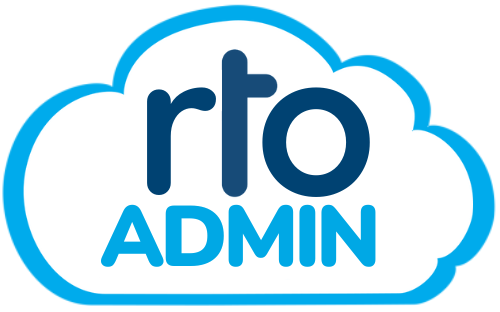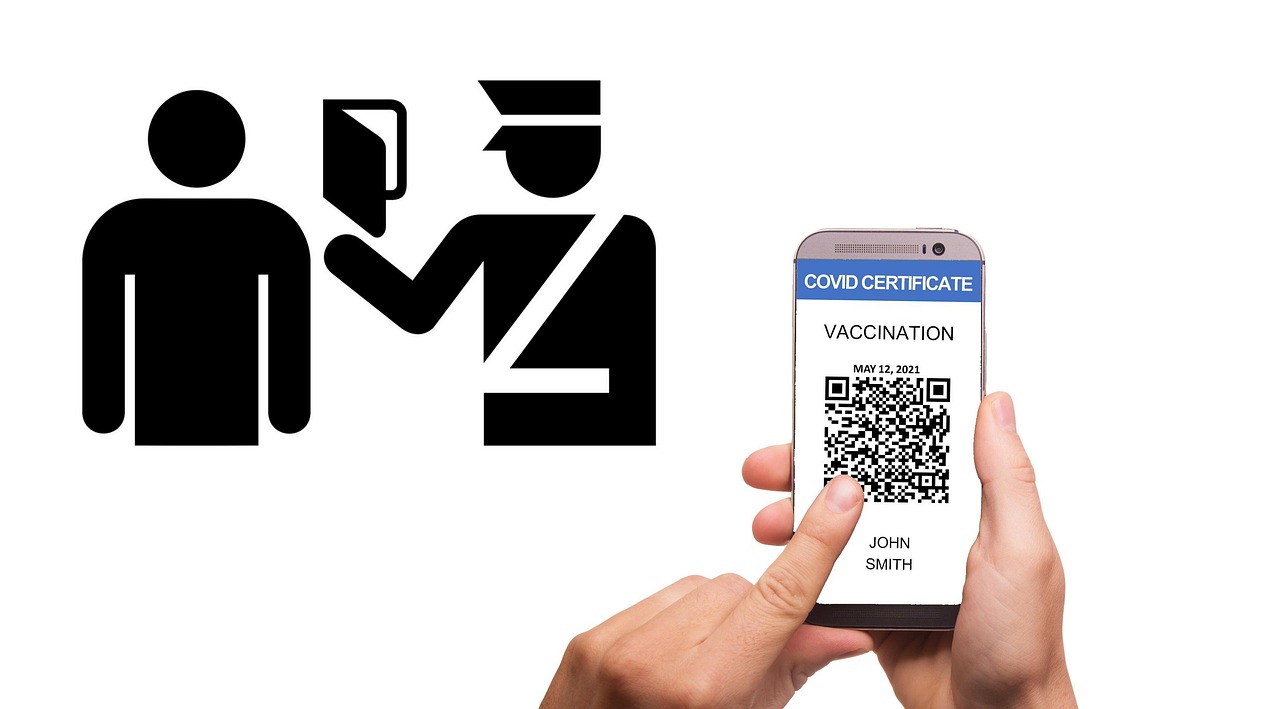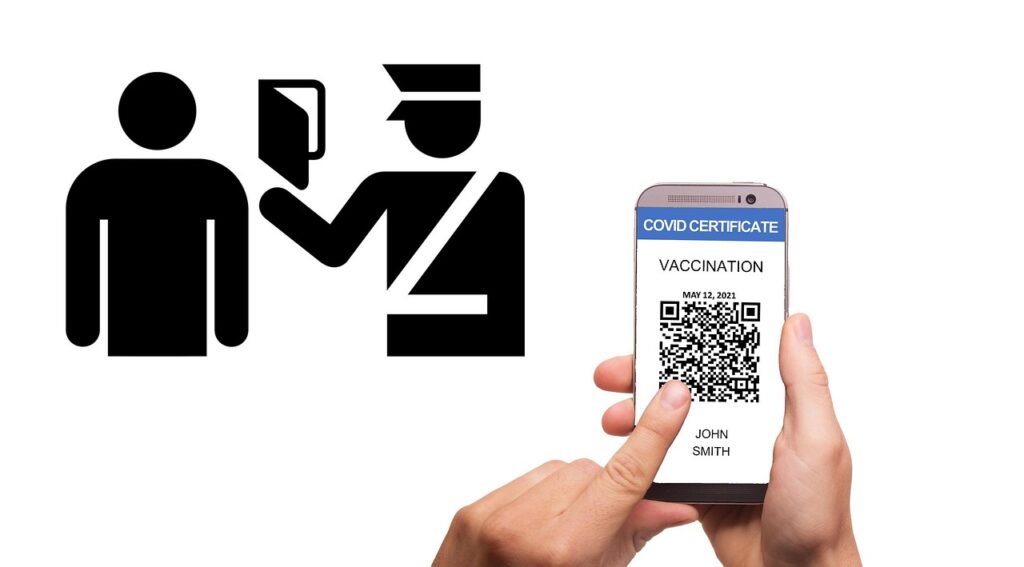Have you ever wondered what it takes to set up a successful Registered Training Organization (RTO), particularly in the vital and ever-evolving fields of healthcare and Information and Communication Technology (ICT)? With the demand for skilled professionals in these sectors continuously rising, creating a robust RTO can be a rewarding venture. Understanding industry demands is paramount, as this knowledge shapes the courses you’ll offer, the audience you’ll serve, and ultimately, the success of your organization.
To embark on this journey, careful planning and in-depth market research become your steadfast allies. Not only do they help in identifying your target market, but they also aid in recognizing competition and devising an astute business strategy. Let’s dive into the crucial aspects of setting up an RTO, specifically within healthcare and ICT, while ensuring compliance and adaptability in a fluctuating market landscape.
Why Market Research is Essential
Market research serves as the foundation for any successful business, including an RTO. It helps you understand your target market, their specific needs, and the competition you’ll face. For an RTO, market research is not just about identifying who might want your courses but also delving deep into understanding what those learners need from a training provider to enhance their career prospects.
Identifying Your Target Market
Your target market in both healthcare and ICT industries might consist of various groups, including new graduates, job changers, or existing professionals seeking upskilling. Each of these segments has different needs and expectations from training courses, which necessitates a tailored approach.
Demographic factors, such as age, education level, and geographical location, play a significant role in determining how you should design and market your courses. For instance, younger demographics might prefer online courses due to their familiarity with digital platforms, while older students may benefit from a more traditional classroom approach.
Understanding Competition
Recognizing your competition is another key step in your research. Analyze other RTOs providing similar courses to understand their strengths and weaknesses. This knowledge can help you differentiate your services, offering unique value propositions that set your RTO apart. Whether it’s more flexible course schedules, superior training materials, or experienced instructors, identifying what you’re up against and where you can excel is crucial in drawing your future students.
Developing a Business Strategy
Once you have a profound understanding of your market and competition, you can develop a comprehensive business strategy. This strategy should outline how you will attract and retain students, build relationships with industry stakeholders, and overall, ensure the longevity and relevance of your RTO.
Industry Demands in Healthcare and ICT
Knowledge of current industry demands is crucial. It affects not only the courses you offer but also how you structure these courses to meet skills shortages and emerging trends in these fields.
Insights into Healthcare
The healthcare industry is vast and diverse, with constant advancements in medical technology and patient care approaches. Training programs must evolve to accommodate innovations and the growing complexity of healthcare roles.
Some of the in-demand areas within healthcare include:
-
Aged care and disability services: With an aging population, there is an increasing need for professionals skilled in elderly and disability care.
-
Remote and telehealth services: The expansion of digital health services means training must include new technologies and virtual patient care strategies.
-
Mental health: As awareness of mental health issues grows, there is a rising demand for trained professionals in this field.
Insights into ICT
The ICT sector is characterized by rapid technological advancements and an ever-increasing emphasis on digital transformation initiatives. Training in ICT needs to include emerging technologies and practices.
Key areas of demand include:
-
Cybersecurity: As cyber threats become more prevalent, the need for skilled cybersecurity professionals escalates.
-
Data analytics and artificial intelligence: With organizations generating vast amounts of data, expertise in data analytics and AI is crucial.
-
Cloud computing: The shift toward cloud-based infrastructure demands proficiency in cloud platforms and services.
Utilizing Job Outlook Reports
Job outlook reports and industry-specific websites are invaluable resources. They provide comprehensive insights into occupational growth, required qualifications, and emerging industry trends. These insights can guide you in developing training programs that align with industry expectations and skills shortages.
Setting Up an RTO: The Process
Establishing an RTO requires a meticulous approach to ensure compliance with regulations and market alignment. Registration requirements and standards can vary significantly depending on location and audience.
The RTO Checklist
Creating an RTO involves several procedural steps, which a structured checklist can help manage effectively to avoid oversight. This checklist should cover essential elements, such as:
-
Compliance Obligations: Adhering to training and educational standards is critical for certification and credibility.
-
Curriculum Development: Courses should not only meet legal standards but also align with current industry demands.
-
Staffing and Resources: Employ qualified instructors and secure the necessary learning resources and facilities.
Importance of Expert Guidance
Navigating the complexities of setting up an RTO can be daunting. Testimonials from successful RTOs often highlight the invaluable role of consultants, like Merinda Smith, who offer expert guidance through compliance challenges and audit processes.
Understanding Registration Requirements
Registration requirements for RTOs differ by region. It’s imperative to familiarize yourself with the local regulatory body responsible for RTO oversight. This knowledge will inform your preparation and ensure that all necessary accreditation and registration are correctly achieved.
The Role of Determination
Starting an RTO is not for the faint-hearted. It requires determination, a proactive approach, and a willingness to adapt to evolving regulations and market conditions. Delaying your start due to uncertainty can lead to missed opportunities, especially as compliance requirements and industry dynamics continuously shift.
Embracing Industry Changes
Ensuring your RTO remains relevant also means embracing changes in industry demands, regulations, and educational trends. The ability to swiftly adapt and incorporate new skills and knowledge into your programs is paramount.
Meeting Continuous Changes
Whether it’s introducing new technologies or complying with updated standards, the healthcare and ICT industries are in constant flux. By staying informed and agile, you can ensure your RTO responds effectively to these changes.
Innovations in Training
Innovations such as virtual reality, AI-driven learning platforms, and remote education models may offer valuable enhancements to your training offerings. These advancements can improve the learning experience and broaden your reach.
Feedback and Improvement
Seeking feedback from students and industry partners is crucial for continuous improvement. Use this feedback to refine your courses and teaching methods, ensuring they remain aligned with both student expectations and industry requirements.
Conclusion
Understanding industry demands in healthcare and ICT is a pivotal part of establishing a successful RTO. From rigorous market research to compliance with evolving regulations, multiple facets are involved in setting up a training organization that not only meets current demands but anticipates future needs. By developing courses that reflect market expectations and maintaining an adaptable, so your RTO is well-positioned to thrive in these critical and dynamic fields.



